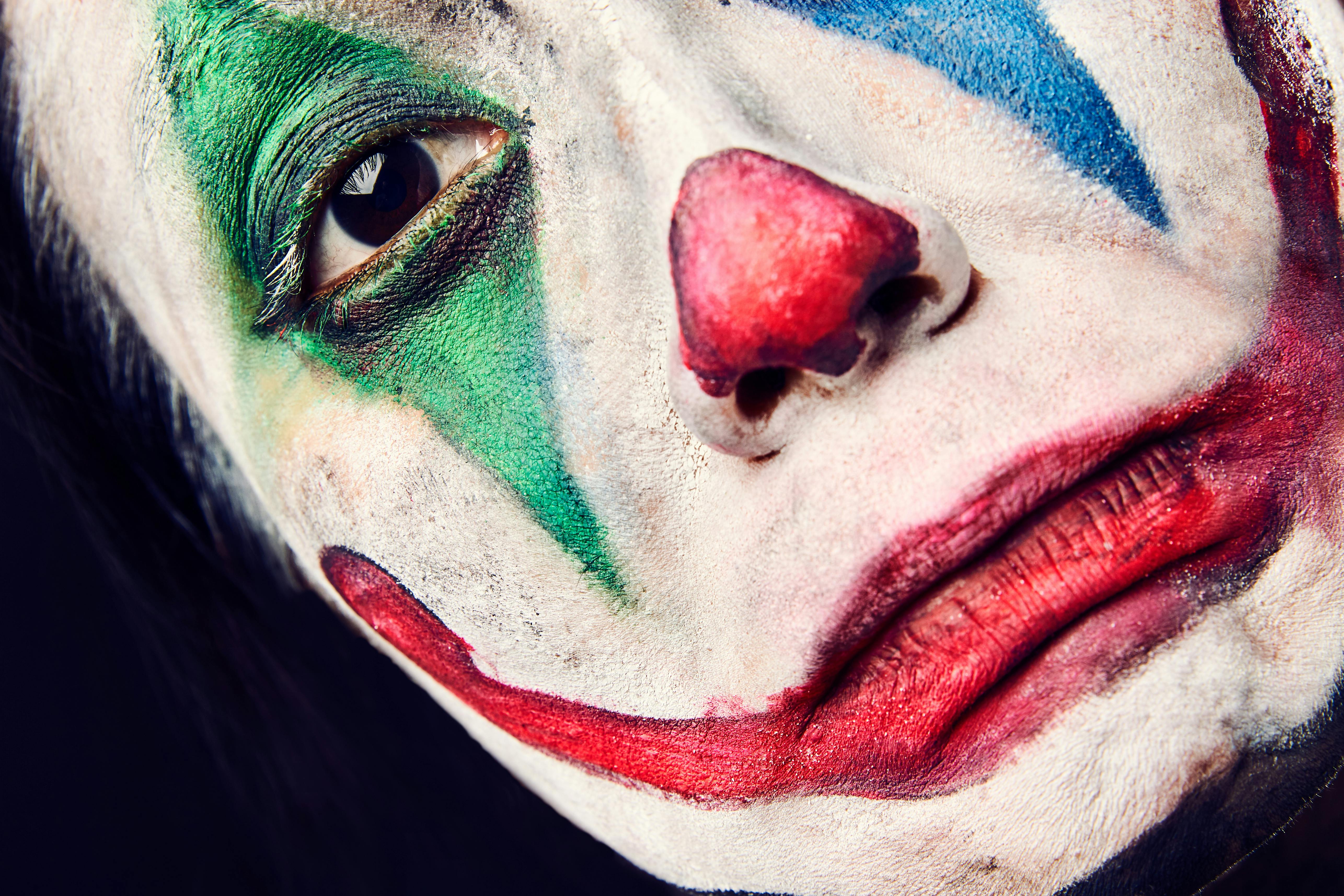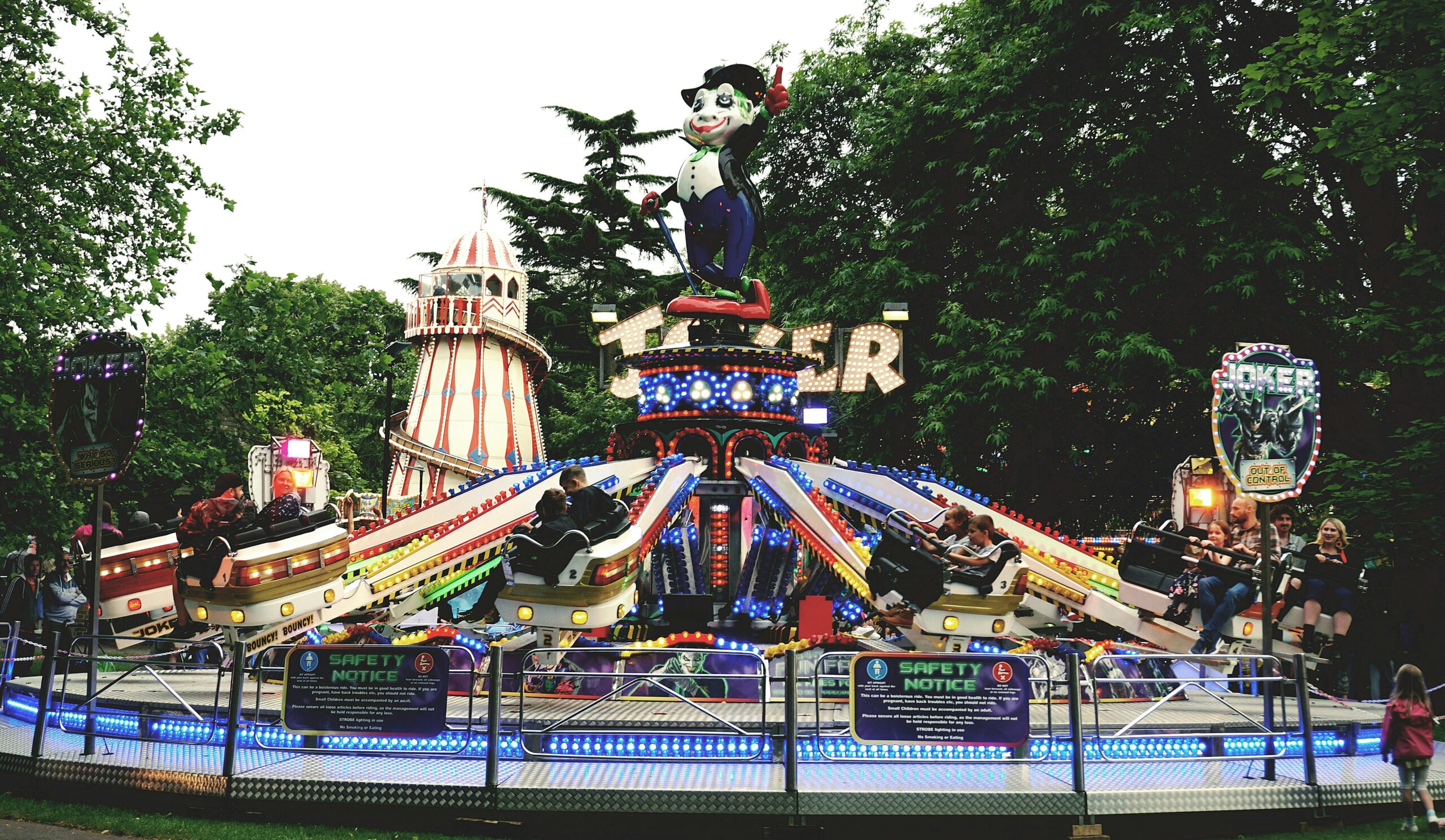Smart Guide to Joker Comics: Exploring the Latest Stories & Characters in 2025
Understanding the Joker’s Legacy in Comics
The Joker stands as one of the most iconic figures in comic book history, embodying chaos and unpredictability within the DC universe. The character’s origins date back to the 1940s, when he was introduced as a remorseless nemesis to Batman. Over the decades, Joker comics have evolved significantly, revealing deeper layers of his personality and unsettling motivations that resonate with readers. The psychological complexity behind the Joker as a villain is not only fascinating but also provokes discussions about mental health and the nature of villainy in modern storytelling.
As we explore the Joker’s latest stories, we will delve into everything from his chilling narrative arcs to the dynamic artwork of various Joker illustrators, capturing the essence of this multifaceted character. Additionally, we will discuss the relationship between the Joker and other key figures in Gotham City, such as Batman and Harley Quinn, highlighting critical moments in their entwined destinies.
In this guide, we will analyze the Joker’s character development, review some of the latest graphic novels, and discuss how the Joker continues to captivate audiences through films, merchandise, and various adaptations. Ultimately, this exploration will offer insights into the Joker’s impact on pop culture while celebrating the creativity behind Joker comics.

Essential Joker Storylines to Explore
Building on the Joker’s legacy, several recent storylines have captured the imagination of fans and expanded his narrative depth. Key among these are the series that depict the evolution of his character, including tales that explore his relationship with Batman and the psychological warfare they wage against one another.
One notable storyline is the intense “Three Jokers” series, which explores the existence of multiple incarnations of the Joker while delving into the psyche of each version. This narrative invites readers to dissect the archetypal elements of the Joker character and his role within the greater context of Batman’s rogues’ gallery.
Another riveting arc is “Joker War,” where the Joker takes Gotham City hostage, pushing Batman and his allies to their limits. This storyline serves as a crucial point of character development for both Batman and the Joker, showcasing the brutal dichotomy of their relationship. Readers can expect gripping visuals, unexpected plot twists, and modern interpretations of classic themes, making it an essential read for any Joker fan.
Analysis of Iconic Joker Comics
Exploring iconic Joker comics, such as “The Killing Joke” and “Batman: The Dark Knight Returns,” reveals common themes of chaos, horror, and humor that define his character. “The Killing Joke,” in particular, provides a haunting glimpse into the Joker’s origins and motivations, leaving readers to grapple with the blurred lines between heroism and villainy.
Furthermore, the Joker’s signature humor and satirical commentary are critical elements in defining his narrative style. This duality—rooted in both dark comedy and complex psychological threads—creates a rich tapestry that fans adore. The refreshing depictions by contemporary artists enhance the reader’s experience by exploring the visual storytelling aspect of Joker comics, making them a vital part of comic book art.
Modern Illustrations and Artistic Styles
The evolution of comic book art plays a significant role in how stories about the Joker are told and received. Various artists contribute unique interpretations of the character, enriching the visual narrative and allowing newer generations of comic book fans to engage with his story. Noteworthy artists, such as Greg Capullo and Brian Bolland, have left an indelible mark on the Joker’s imagery and representation.
In addition, experimenting with color schemes and graphic styles in modern Joker comics enhances the emotional resonance of the stories being told. Visually striking imagery pushes the boundaries of traditional narratives while invoking the themes of insanity and chaos that underpin the Joker’s character. As we analyze these artistic choices, we would discover how they influence reader engagement and deepen our understanding of the Joker’s legacy.
Impact of Joker Comics on Pop Culture
Joker comics extend beyond the printed page, inspiring a multitude of adaptations across various media. Recent films and TV shows have fueled discussions about the character, offering new interpretations and expanding his influence on contemporary culture. Box office hits, including “Joker” (2019), illustrate a shift in how audiences perceive the character, presenting him as a sympathetic antihero rather than merely a villain.
Moreover, the rise of Joker merchandise, from collectibles to cosplay, demonstrates the character’s lasting impact. Fans engage with the Joker through various mediums, celebrating his role in the larger multimedia landscape of the DC universe. This cross-platform popularity has further enriched the narrative possibilities for stories featuring the Joker.

Exploring Psychological Themes in Joker Comics
Connected to the compelling narratives are the psychological themes present in Joker comics. Many stories grapple with concepts of madness, identity, and moral ambiguity, inviting readers to reflect on underlying psychological complexities. For instance, critical analyses explore how the Joker embodies the duality of human nature, juxtaposing chaotic thrill with underlying emotional pain.
The Joker’s backstory frequently draws on themes of trauma, examining how formative experiences manifest in his chaotic identity as a villain. As fans dissect villain psychology, it becomes clear that the Joker offers insights into societal issues and personal struggles that resonate with the audience.
Character Development and Evolution
The character development of the Joker is marked by shifts in tone and agency over the years. As comic book narratives evolve, so too does the Joker’s character arc. The transition from a simple comic book villain to a deep psychological archetype reflects broader changes within comic storytelling. Writers and artists who tackle his character are challenged to push the boundaries of traditional storytelling, exploring madness and chaos as integral facets of his personality.
As the portrayal of the Joker continues to evolve, so does the exploration of his interactions with other characters, especially Batman and Harley Quinn. These dynamics reveal essential aspects of his character and underscore the complexity of villain-hero relationships in the comic book world. Readers who follow these interactions witness the Joker’s development as he transitions from a mere villain to a cultural icon.
The Importance of Joker Fan Engagement
Engaging with the Joker as a character is more than mere enjoyment; it fosters a deeper appreciation for the art form. The presence of fan theories and discussions around iconic moments in Joker history enriches the overall narrative and promotes community engagement. Comic conventions and online forums serve as platforms for fans to share interpretations, artwork, and discussions centered around this legendary character.
Ultimately, Joker fans bring the character to life by sharing their insights, expanding his economic and cultural impact. The diverse ways in which fans engage with Joker comics illustrate their collective dedication to preserving the mythos of this beloved villain.
FAQs about Joker Comics
What makes Joker comics so popular?
Joker comics draw readers in through their compelling storytelling, psychological depth, and dark humor. The character’s dynamic relationship with Batman and his chaotic nature create thrilling narratives that resonate with audiences.
How has the portrayal of the Joker changed over time?
Initially presented as a straightforward villain, the Joker has evolved into a complex character reflecting themes such as trauma and identity. Modern interpretations often depict him as an antihero, allowing for greater narrative depth.
What are some recommended Joker story arcs to check out?
Notable recommendations include “Batman: The Killing Joke,” “Three Jokers,” and “Joker War,” each providing unique insights into his character while emphasizing different aspects of his legacy within the DC universe.
What role does Harley Quinn play in Joker’s stories?
Harley Quinn, originally introduced as the Joker’s sidekick and love interest, has developed into a significant character with her own story arcs. Their relationship is often central to understanding the Joker’s personality and motivations.
How do Joker comics address psychological themes?
Joker comics frequently explore themes of madness, chaos, and moral complexity. These narratives prompt readers to confront troubling questions about the nature of villainy and the human psyche, offering a multifaceted experience.
